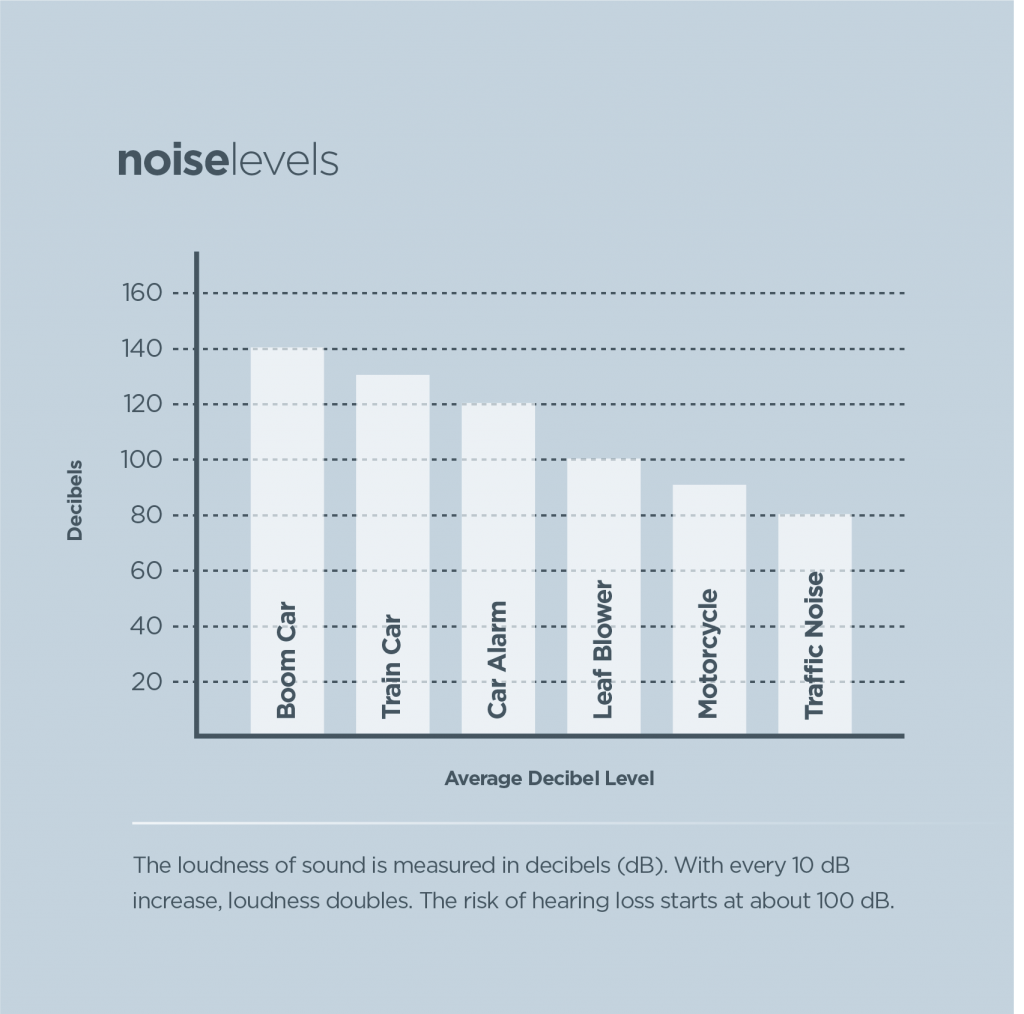Advised Stress Washing Methods Customized For Each And Every Surface
Advised Stress Washing Methods Customized For Each And Every Surface
Blog Article
Content Author-Sahl Puckett
When it concerns push washing, the strategy you pick can make all the distinction in attaining a tidy, streak-free coating. You could locate that tough surfaces, like concrete, require a different technique than softer materials, such as timber or plastic. It's important to adapt your approaches to the surface type to stop damage while taking full advantage of cleaning efficiency. So, what are the most effective methods for every surface area, and how can you guarantee you're making use of the ideal settings and devices for the work? Allow's discover what you require to recognize to get the best outcomes.
Hard Surface areas
When it comes to push washing tough surfaces, preparation is key. Prior to you also think about taking out the stress washer, put in the time to clear the area of any type of particles, furnishings, or barriers. You do not desire anything entering your way or potentially harmful your tools.
Next, inspect the surface for any fractures or damages; this will certainly help you establish the appropriate approach and pressure setups.
Once you've prepared the area, it's vital to pick the best nozzle. For difficult surface areas like concrete or block, a narrow nozzle (15 or 25 levels) functions best to offer a focused stream of water that can effectively get rid of crud and spots. Constantly start at a distance and slowly move better to stay clear of any type of surface area damage.
As you begin washing, maintain the stick moving to protect against touches and over-saturation. It's also valuable to function from the top down, enabling dust and debris to wash away normally.
Ultimately, keep in mind to rinse the surface thoroughly after cleaning up to get rid of any kind of remaining cleaning agent. With these techniques, you'll accomplish a clean and renewed look on all your tough surface areas.
Soft Surfaces
Stress washing soft surfaces calls for a gentler approach to safeguard them from damages. Whether you're cleansing your deck, patio area furnishings, or home siding, utilizing way too much stress can lead to damages, scrapes, or even permanent injury.
Begin by choosing a low-pressure nozzle, preferably a 25-degree or bigger spray pattern, to disperse the water much more delicately.
Before you start, it's crucial to pre-treat any kind of stains with a suitable cleansing option. This step enables the cleaner to penetrate the dirt and crud, making it less complicated to wash away without rubbing as well hard.
Always apply the service from all-time low up to stop streaking.
When you begin pressure washing, preserve a range of a minimum of 12 to 18 inches from the surface. Relocate your wand in a sweeping movement, maintaining it alongside the surface to prevent concentrated stress on one spot.
Wash the area extensively after cleaning to get rid of any recurring cleanser.
Lastly, inspect need someone to clean my windows the window cleaners for any kind of missed out on areas and duplicate the process if required. By adhering to these actions, you can effectively tidy soft surface areas while protecting their integrity and appearance.
Specialty Surfaces
Cleansing soft surfaces calls for care, however specialty surfaces require a lot more interest to information. When you tackle these surfaces, like delicate wood, discolored concrete, or specific kinds of house siding, using the right pressure washing techniques is important to stay clear of damage.
Initially, assess the material. For instance, treated timber can commonly endure moderate pressure, but softer woods like cedar may need a reduced setup. Constantly start with the lowest pressure and progressively raise if required.
For discolored concrete, make use of a fan spray nozzle and maintain a consistent distance to avoid engraving the surface.
When dealing with surfaces like vinyl siding or repainted surfaces, a vast spray pattern assists distribute the pressure uniformly, shielding the finish.
It's additionally smart to utilize cleaning agents particularly made for specialized surfaces. They can boost cleansing without endangering the material.
Rinse completely after cleaning to remove any residue, as it can cause discoloration or degeneration gradually.
have a peek at this site , understanding stress cleaning methods for different surface areas can make all the distinction in your cleaning results. For tough surface areas, stick to narrow nozzles and a top-to-bottom technique, while soft surface areas require a gentler touch with larger nozzles. Don't neglect to pre-treat spots and wash completely to stay clear of residue. By adjusting your approaches to each material, you'll not only accomplish a cleaner surface but also shield the stability of your surface areas. Happy cleansing!
